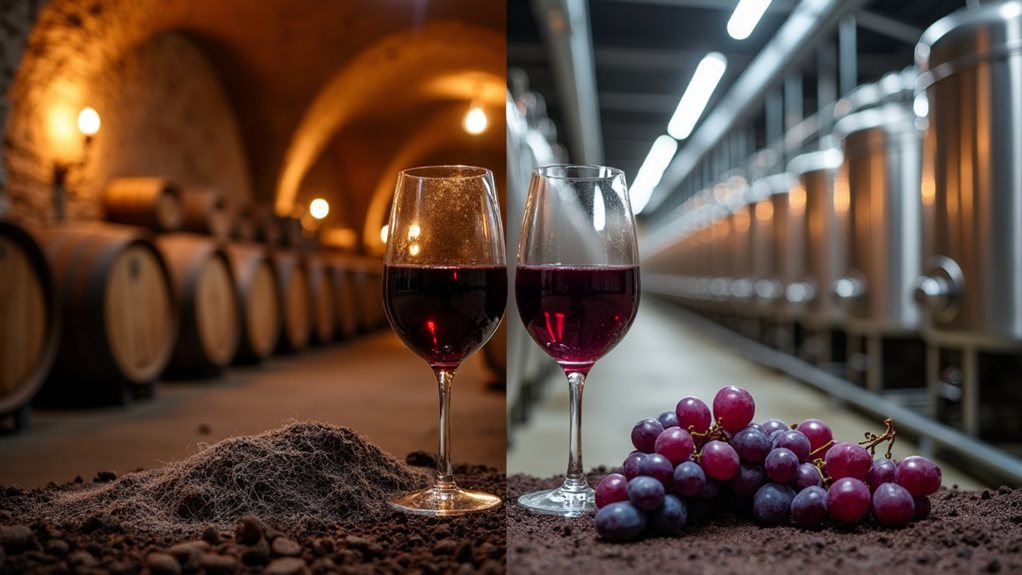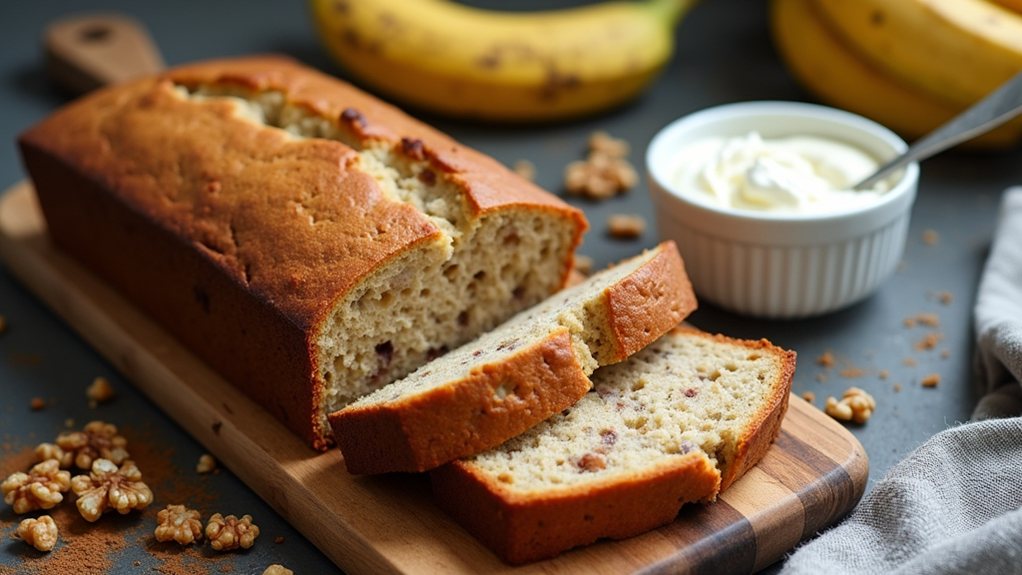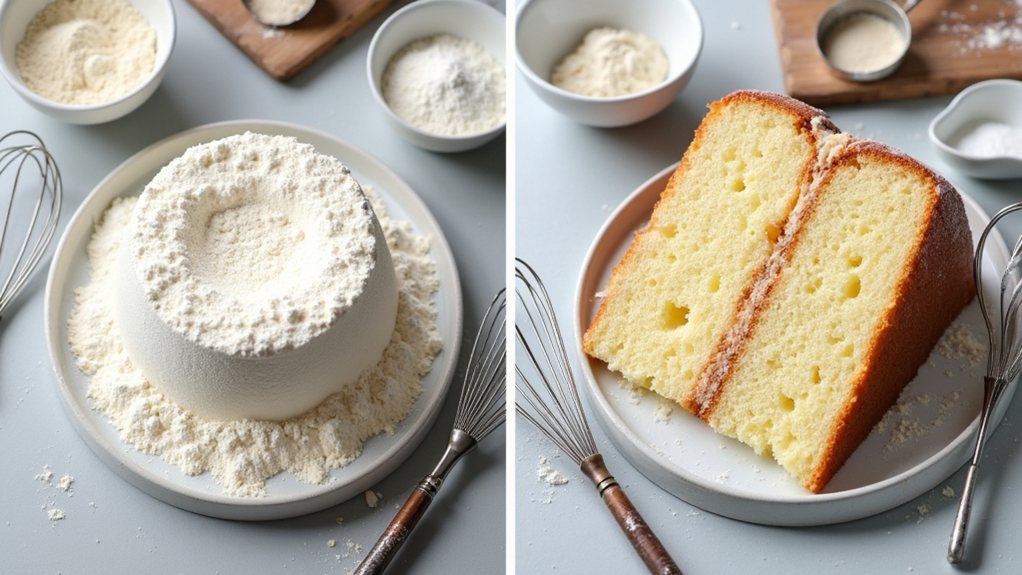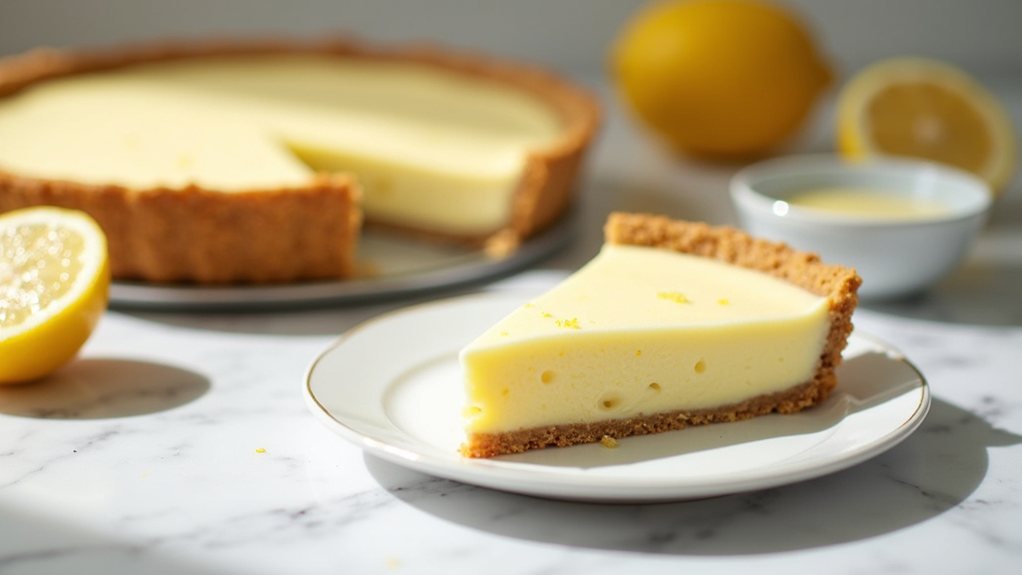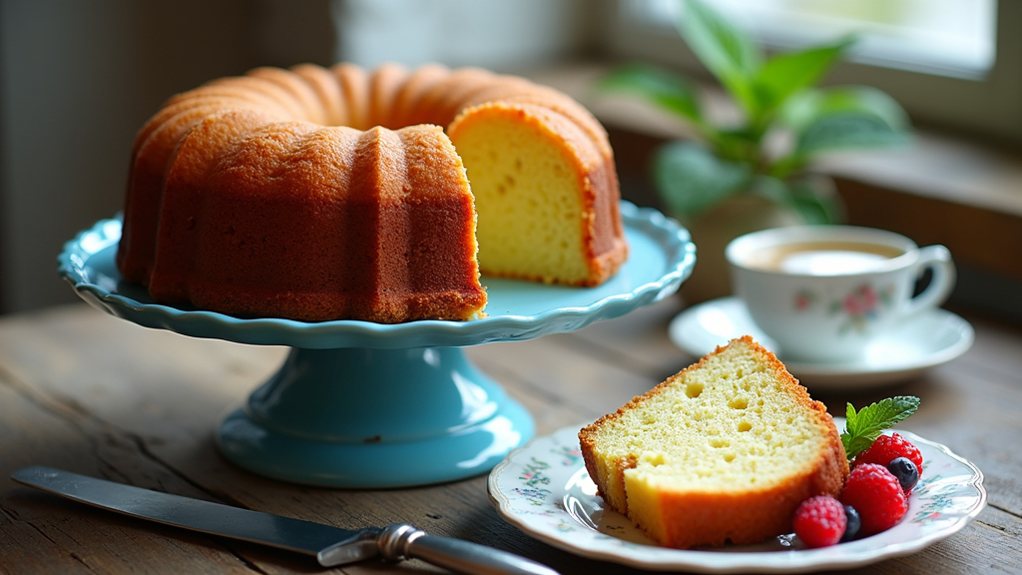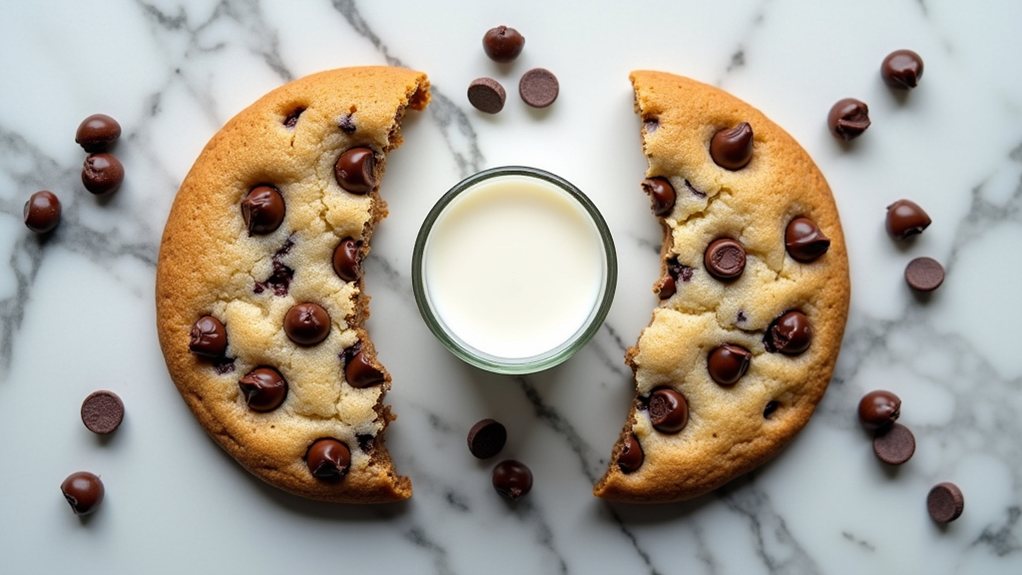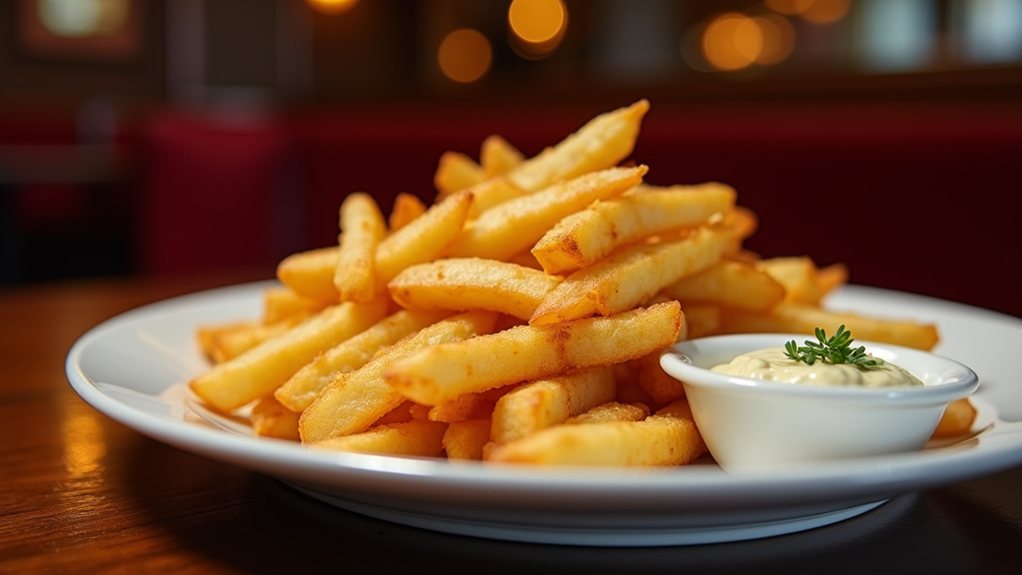Chefs across the culinary world have uncovered that vodka and truffle enhance tomato cream sauce from basic to remarkable. The vodka isn’t just for show—it reveals tomato flavors while preventing cream from separating. Truffles, those mysterious underground fungi, add an earthy richness that makes diners pause mid-bite. This combination transforms a simple pasta topping into something worth talking about. What exactly happens when these ingredients meet in the pot?
Penne Alla Vodka History

Penne alla vodka, a dish with mysterious origins dating back to the 1970s, represents the beautiful marriage of Italian culinary traditions with international influence. While some attribute its creation to Italian chef Luigi Franzese at Orsini Restaurant in New York, others point to James Doty’s claim of inventing it in the late 1970s. Regardless of who deserves credit, the dish gained significant popularity during the 1980s in both Italy and the United States.
The earliest documented recipe similar to penne alla vodka appears in Ugo Tognazzi’s cookbook “L’Abbuffone” (1974) as “pasta all’infuriata.” This classic comfort food has evolved over decades, with the Dante restaurant in Bologna also claiming a connection to its origins. What remains consistent through its history is the signature combination of penne pasta with a luxurious tomato-cream sauce improved by vodka, creating a dish that continues to be celebrated around the world. The ethanol in vodka actually serves a culinary purpose, enhancing and balancing the flavors of tomato and cream in the sauce. Adding a pinch of sugar to the sauce can further reduce acidity and enhance the natural tomato flavors.
Ingredients
- 1 pound penne pasta
- 2 tablespoons olive oil
- 1 medium onion, finely chopped
- 3 cloves garlic, minced
- 1/4 teaspoon red pepper flakes
- 6 ounces pancetta or prosciutto, diced (optional)
- 1/4 cup vodka
- 1 can (28 ounces) crushed tomatoes
- 3/4 cup heavy cream
- 1/2 cup freshly grated Parmesan cheese
- Salt and freshly ground black pepper to taste
- Fresh basil leaves for garnish
Begin by bringing a large pot of salted water to a boil for the pasta. Meanwhile, heat olive oil in a large skillet over medium heat and sauté the onion until translucent, about 4 minutes.
Add the garlic, red pepper flakes, and pancetta (if using), cooking until fragrant and the pancetta is crisp. Pour in the vodka, allowing it to reduce by half (about 2-3 minutes) before adding the crushed tomatoes.
Simmer the sauce for 10 minutes, then stir in the heavy cream and continue cooking for another 5 minutes. While the sauce simmers, cook the penne until al dente according to package instructions, then drain and add directly to the sauce.
Toss to coat thoroughly, mixing in most of the Parmesan cheese, and serve immediately topped with the remaining cheese and fresh basil.
For the best flavor development, allow the alcohol to cook off properly—this takes about 5-7 minutes after adding the vodka. The alcohol not only adds its own subtle flavor but also helps release flavors in the tomatoes that are alcohol-soluble and not water-soluble.
If you prefer a smoother sauce, you can blend it before adding the cream. For a more authentic experience, choose Italian-made penne rigate (with ridges) which holds the sauce better than smooth penne.
This dish pairs beautifully with a simple green salad and crusty bread for a complete meal that honors its rich culinary history.
Aromatic Garlic Enhancers
The aromatic world extends far beyond vodka in improving tomato cream sauces, with garlic serving as the cornerstone of flavor development.
Chefs strategically pair garlic with complementary herbs like basil and thyme to create depth while maintaining balance. The classic Italian approach combines garlic with fresh basil, while French techniques incorporate the mirepoix trinity of onions, celery, and carrots. Many professional chefs also incorporate extra-virgin olive oil to contribute a wholesome richness that elevates the entire sauce profile.
For innovative profiles, professional kitchens are exploring unexpected garlic boosters such as wild mushrooms that contribute earthy undertones, or even small amounts of maple syrup to create complex sweet-savory dimensions. Whether fresh or roasted, garlic offers varying flavor intensities that can be tailored to complement the richness of tomato cream sauces.
Some forward-thinking chefs experiment with international flavor combinations, incorporating lemongrass powder or umeboshi for bright, unexpected notes.
The key lies in understanding how garlic interacts with these aromatics, creating layered dimensions that transform a simple tomato cream sauce into a signature dish.
Truffle’s Umami Depth Effect
Umami, often described as the fifth taste sensation alongside sweet, salty, sour, and bitter, finds its ultimate expression in truffles, which transform ordinary tomato cream sauces into extraordinary culinary experiences.
These prized fungi contain high levels of glutamate, the amino acid responsible for umami‘s savory depth. When added to tomato cream sauce, truffles create a flavor symphony that activates pleasure centers in the brain.
The glutamate in truffles works synergistically with the natural umami in tomatoes, boosting the sauce’s overall flavor profile without overwhelming it. Chefs prize both white and black varieties for their distinct umami characteristics—white truffles for their intense aroma and complex flavor, black for their sweet earthiness.
This flavor improvement balances perfectly with the acidic notes of tomatoes and the richness of cream, creating a sauce with remarkable depth and memorability.

